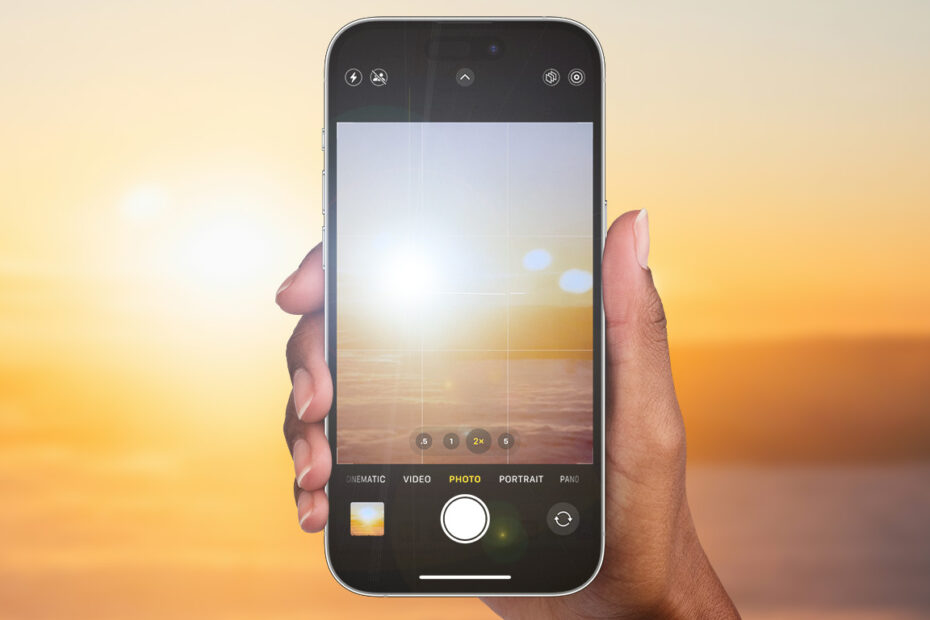Rumors are buzzing about the upcoming iPhone 16 Pro, suggesting it might feature a new anti-reflective coating on its camera lenses. Despite the camera improvements Apple makes each year, iPhone photographers still have to deal with age-old problems such as lens flares, haze, and ghosting. This upcoming change could solve all that.
These artifacts stem from how light interacts with the camera lens and internal elements. You’re probably familiar with lens flares streaking across photos taken on a sunny day, or light reflections causing unintended ghost spots and halos to appear from thin air.
But according to a report citing sources within the supply chain, Apple is experimenting with a new lens coating technique known as “atomic layer deposition” to eliminate these artifacts. We might even see it before the end of the year, with rumors stating it will be a Pro-level feature in Apple’s next-gen iPhones this September.
Let’s break down the technical jargon: atomic layer deposition essentially involves adding extremely thin coatings to a surface, one “atomic layer” at a time, until a precise thickness is achieved. This process, in theory, can result in a camera lens with anti-reflective properties.
By improving how its lenses handle light, this coating would ideally minimize flares, haze, and ghosting when shooting with the iPhone camera. For the casual photographer, this means your sunset photos could look better than ever. But it might hold you back from those instances where you actually want those artifacts as part of a creative composition. Sometimes a halo of light bursting from the clouds looks pretty cool, you know?
Still, such an upgrade would underscore Apple’s commitment to enhancing photo quality, a key selling point for many users who rely on their iPhones for everyday photography.

